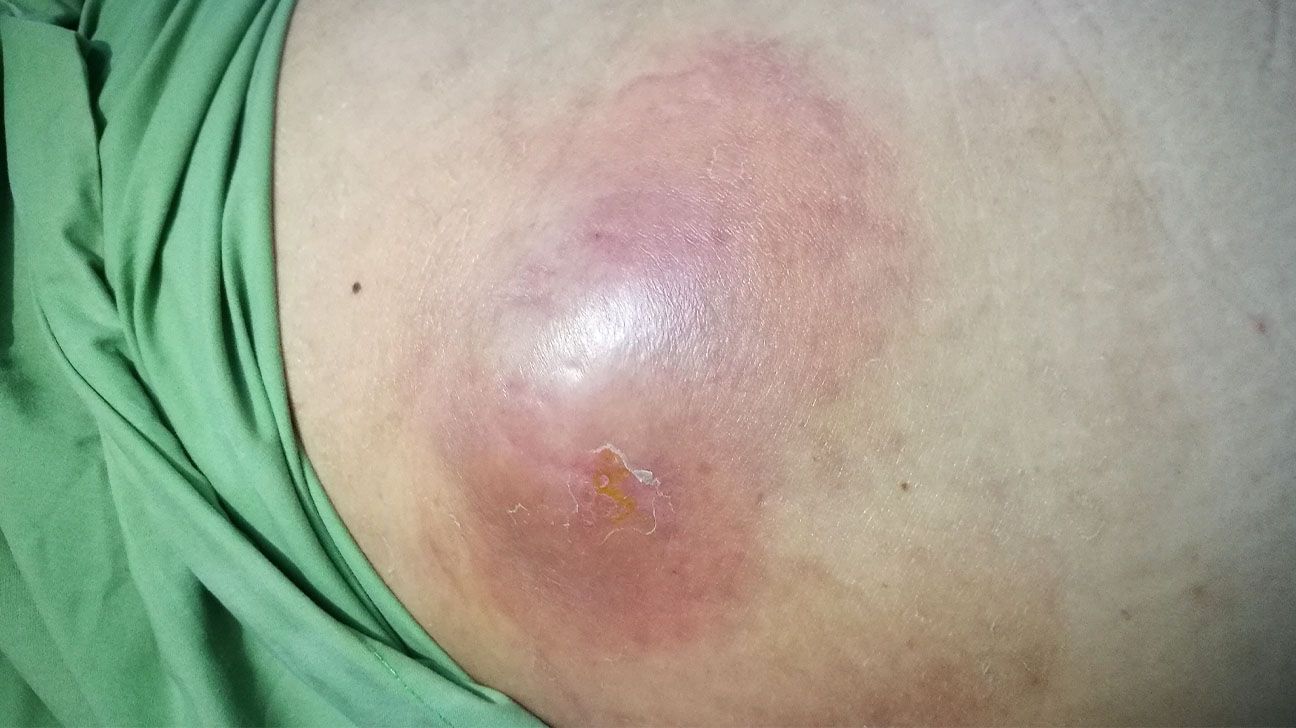Navigating Incision and Drainage of Abscesses Safely

Abscesses, localized collections of pus that can form in various parts of the body, often cause significant discomfort and may present risks if not properly addressed. Incision and Drainage of Abscesses Dubai is a common medical procedure used to treat these infections. Understanding how to navigate this process safely can greatly enhance outcomes and minimize complications. This article provides a comprehensive overview of the procedure, including its purpose, preparation, execution, aftercare, and potential complications.
Understanding Abscesses
An abscess is a pocket of pus that forms when the body’s immune system attempts to fight off an infection. It typically results from bacteria, though it can be caused by other pathogens. Abscesses can occur in various tissues, including the skin, organs, and deeper tissues. They are often painful, red, and swollen, and may produce symptoms such as fever or malaise.
The Purpose of Incision and Drainage
Incision and drainage is a surgical procedure designed to relieve pressure and facilitate the removal of pus from an abscess. This intervention helps to alleviate pain, reduce the risk of the infection spreading, and promote healing. The procedure is typically indicated when an abscess does not resolve with antibiotics alone or when it is particularly large, painful, or causing systemic symptoms.
Preparation for the Procedure
Proper preparation is crucial for a successful incision and drainage of abscesses. Here are key steps involved in the preparation phase:
- Medical Evaluation: Before the procedure, a healthcare provider will assess the abscess to determine its size, location, and severity. They may also review the patient’s medical history, including any allergies or underlying conditions that could affect the procedure.
- Imaging Studies: In some cases, imaging studies such as ultrasound or CT scans may be used to better visualize the abscess and plan the incision. This is particularly useful for deep or complex abscesses.
- Informed Consent: The healthcare provider will explain the procedure to the patient, including its risks and benefits. Informed consent is obtained to ensure that the patient understands and agrees to the treatment plan.
- Sterilization and Anesthesia: The area around the abscess is cleaned and sterilized to prevent infection. Local anesthesia is administered to numb the area and minimize discomfort during the procedure.
The Procedure: Incision and Drainage
The actual procedure involves several critical steps:
- Incision: Once the area is numbed, the healthcare provider makes a small incision over the abscess. The incision allows for the drainage of pus and debris. The size and location of the incision depend on the abscess's characteristics and depth.
- Drainage: After making the incision, the pus is carefully drained from the abscess cavity. The provider may use sterile tools or a suction device to remove the pus. The goal is to evacuate the infection material and relieve pressure.
- Cleaning and Debridement: The abscess cavity is thoroughly cleaned to remove any remaining pus and debris. This step is crucial to prevent re-accumulation of infection material.
- Drain Placement (if necessary): In some cases, a small drain may be placed in the abscess cavity to allow for continuous drainage and prevent fluid buildup. The drain is usually left in place for a few days and is removed once the drainage subsides.
- Closure and Dressing: The incision site is covered with a sterile dressing. In some cases, the incision is left open to continue draining naturally. The dressing helps to keep the area clean and protect it from external contaminants.
Post-Procedure Care
Proper aftercare is essential for promoting healing and preventing complications. Key aspects of post-procedure care include:
- Wound Care: The incision site should be kept clean and dry. Regularly changing the dressing as advised by the healthcare provider helps to prevent infection and support healing.
- Medications: The healthcare provider may prescribe antibiotics to address any remaining infection or pain medications to manage discomfort. It is important to follow the medication regimen as directed.
- Monitoring for Complications: Patients should watch for signs of complications such as increased redness, swelling, fever, or discharge from the incision site. These symptoms may indicate an infection or other issues that require medical attention.
- Follow-Up Appointments: Follow-up visits with the healthcare provider are often scheduled to monitor the healing process, assess the effectiveness of the treatment, and remove any drains if present. It is important to attend these appointments and report any concerns.
Potential Complications
While incision and drainage is generally safe, there are potential complications to be aware of:
- Infection: Although the procedure aims to treat infection, there is a risk of developing a new infection at the incision site. Proper wound care and adherence to antibiotics can help minimize this risk.
- Bleeding: Excessive bleeding is rare but can occur, particularly if blood vessels are inadvertently affected during the procedure. If bleeding persists or is significant, medical attention may be required.
- Scarring: Depending on the location and size of the incision, some scarring may occur. Most scars will fade over time, but in certain cases, they may be more noticeable.
- Recurrence: In some cases, abscesses may recur if the underlying cause is not addressed. Ongoing treatment or investigation into the root cause of the abscess may be necessary to prevent recurrence.
Conclusion
Navigating the incision and drainage of abscesses safely involves understanding the procedure, preparing adequately, and following proper post-procedure care. By working closely with healthcare professionals and adhering to recommended practices, patients can ensure a successful outcome and minimize the risk of complications. Whether for a simple skin abscess or a more complex infection, effective management through incision and drainage can provide relief and promote recovery.